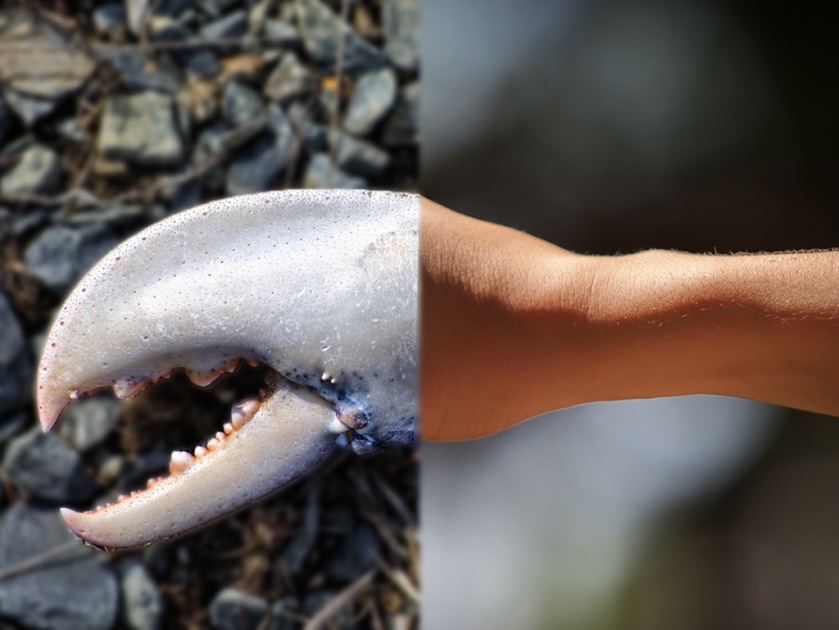Podcast Bumper & Betrayal/Mansions
I spent a little time noodling with the text of the podcast bumper today, drawing on the language that you all put together in the Google doc. Here’s what I’ve got as of now — make any changes you’d like in that document, or leave comments here:
Hello and welcome to the podcast series Ready, Set, Game: The Rhetoric of Games, a podcast created by Emory University students in David Morgen’s Play, Make, Write, Think class. Over the course of the series, we will approach games as operating within the larger media ecology and attempt to diagram the competing forces at work within that landscape. In each episode, we will play and analyze a specific game with an eye toward its rhetorical situation and the role it plays within the broader medium.
We’ll focus on the way these games encourage players to think in order to move through them and what sorts of decisions the games force us to make. As we probe the underlying rules of game systems and speculate about what’s going on underneath the hood, we’ll ponder where they are taking us and to what ends. How do these games encourage certain types of problem solving and learning? What sorts of values do they promote? What sorts of new perspectives do we gain in the playing?
So buckle up and come along for the ride with us.
We’ll need to record the bumper on Thursday, so make any changes before class tomorrow.
Games
Also, don’t forget that between now and February 23, you’ll need to check out Betrayal at House on the Hill or Mansions of Madness and play one session of the games. The prompt for Side Quest 6 on those games is started but not all the way fleshed out yet, but check that post for some more information about game play and what I’m expecting from you.
I added the game lending library to our Materials, Texts, Games, Services page too.


































